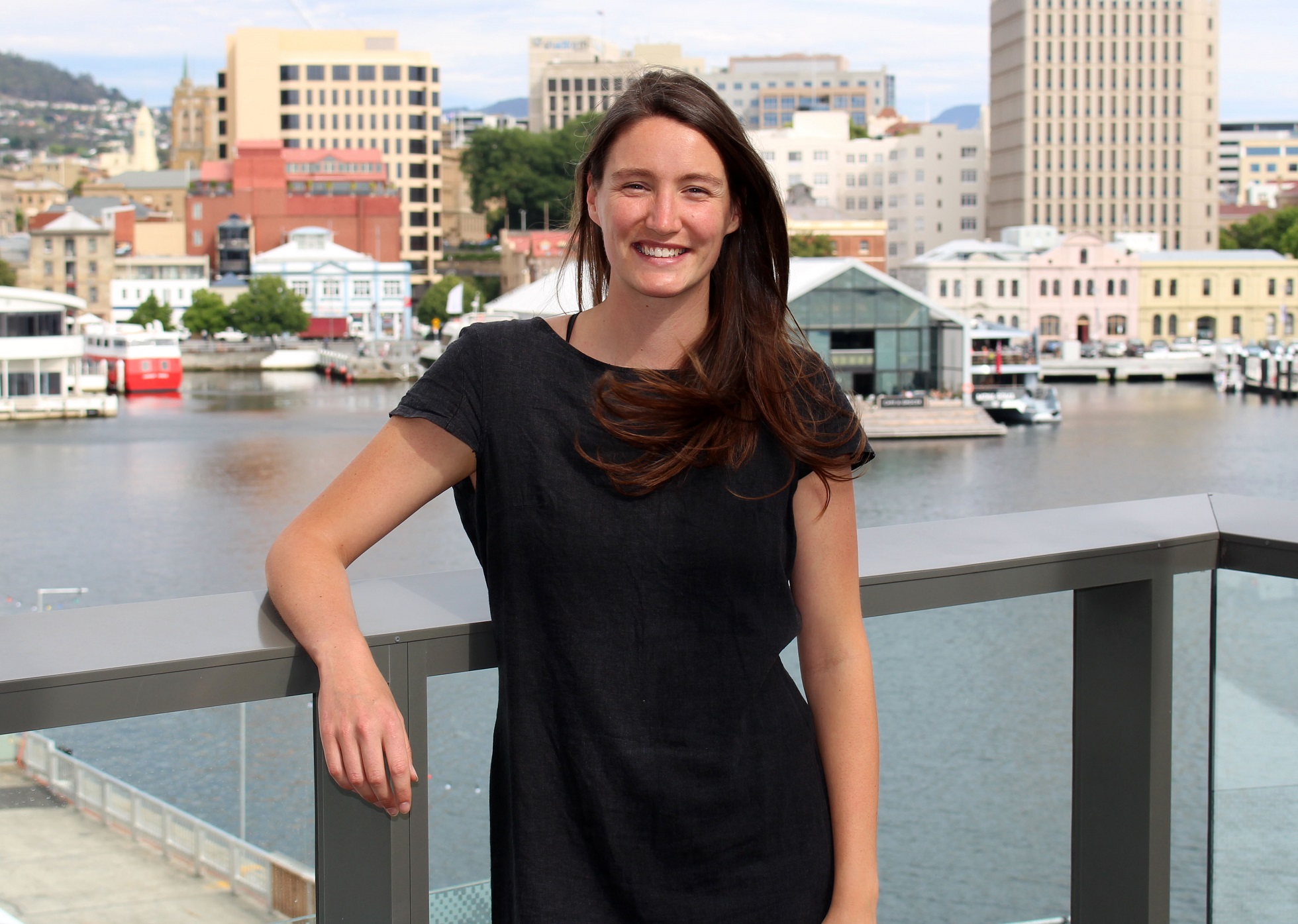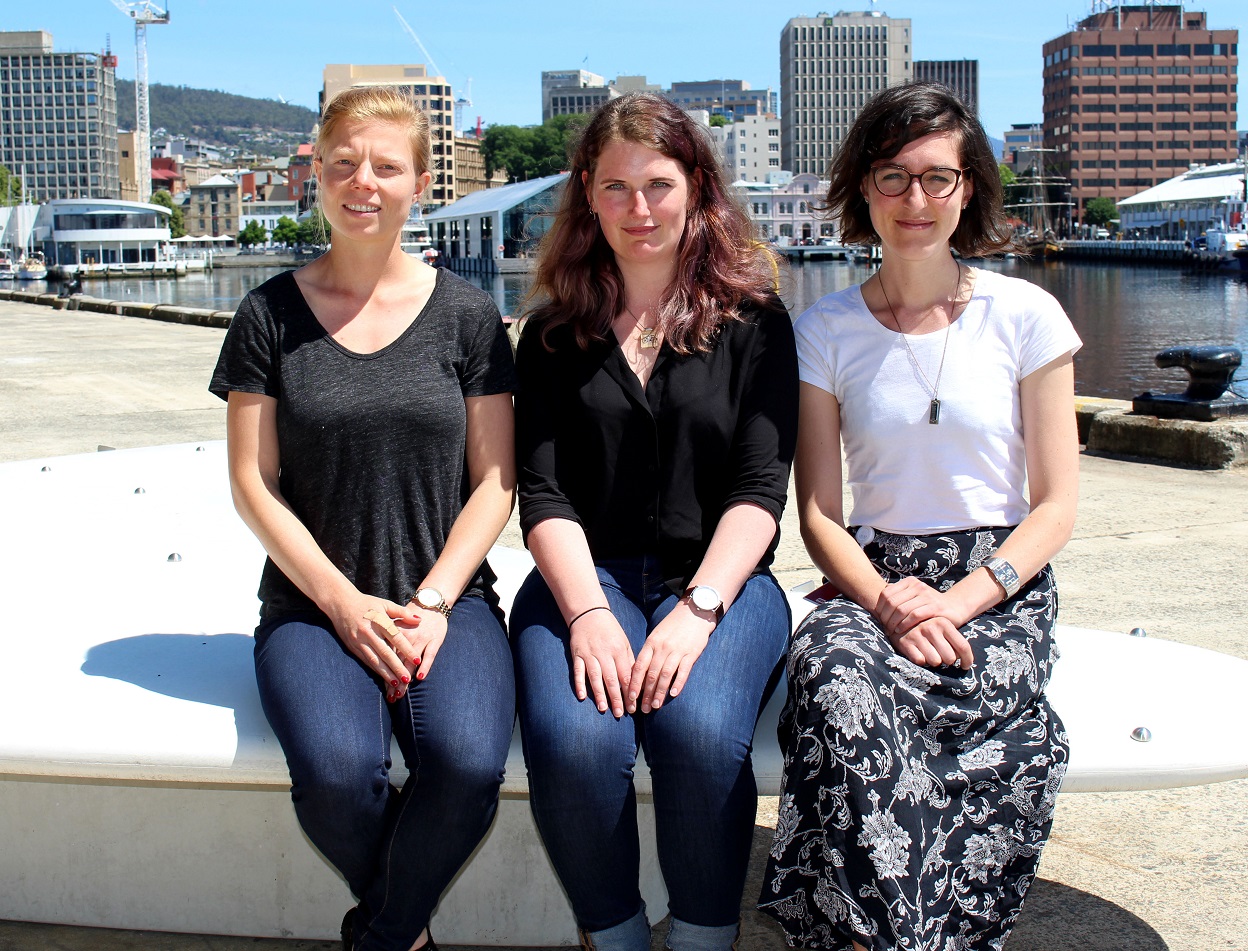

The ICECAP project (International Collaboration for Exploration of the Cryosphere through Aerogeophysical Profiling) is an international collaboration investigating how and why the East Antarctic ice sheet and ice shelves are evolving.
Involving scientists from the United States, United Kingdom, France, China and Australia, ICECAP began in the International Polar Year, 2008.
Each year the project brings together Australian researchers from organisations such as IMAS, ACE CRC, the Australian Research Council (ARC) funded Antarctic Gateway Partnership (AGP), and the Australian Antarctic Division.
This year’s Australian team is led by Dr Lenneke Jong (ACE CRC/AGP) and includes Dr Felicity Graham (IMAS/AGP) and IMAS/AGP PhD student Wilma Huneke.
Dr Graham said ICECAP is researching the processes driving change in East Antarctica, particularly in vulnerable places like the Totten Glacier, to allow better understanding of how the region will respond to climate change.
(Pictured, l-r, Wilma Huneke, Dr Lenneke Jong & Dr Felicity Graham)
“We fly in a Basler, a converted 1940s DC-3 aircraft, that’s been set up for airborne geophysical surveying with instruments like radar, a magnetometer and gravity meters,” Dr Graham said.
“We follow designated flight paths and measure things like the surface elevation, how thick the ice is, the depth of the bed beneath the ice and whether there’s liquid water present, and we also characterise the bed topography.
“For the grounded portion of the ice we’re looking at how thick the ice is, which will play a big role in how it’s flowing and where.
“Over the floating portion of the ice sheet we’re looking at basal melting, how ocean currents are interacting with the ice and causing thinning over the ice shelf.
“There’s also a component this year that’s looking at the ocean currents and temperatures near the front of the ice shelves,” Dr Graham said.
IMAS PhD student Madelaine Rosevear (AGP) will also spend summer studying change on the Totten Glacier as part of the separate TIDE (Totten Glacier Ice Dynamics and Evolution) project, along with Dr Ben Galton-Fenzi from ACE CRC, the Australian Antarctic Division and the Antarctic Gateway Partnership. 
Ms Rosevear (Pictured, right) has undertaken explosives training so she can work on seismic tests which study the glacier’s structure.
“I have a shot firer’s licence for the seismic work, which use explosives as the source,” she said.
“We’ll also be downloading data from instruments installed last year to measure ice flow speed and melting at the base of the ice shelf.
“I’m really excited about going down. I’ve been to Antarctica before but not to an Antarctic base, so I’m looking forward to seeing Casey Station and doing some glaciology.”